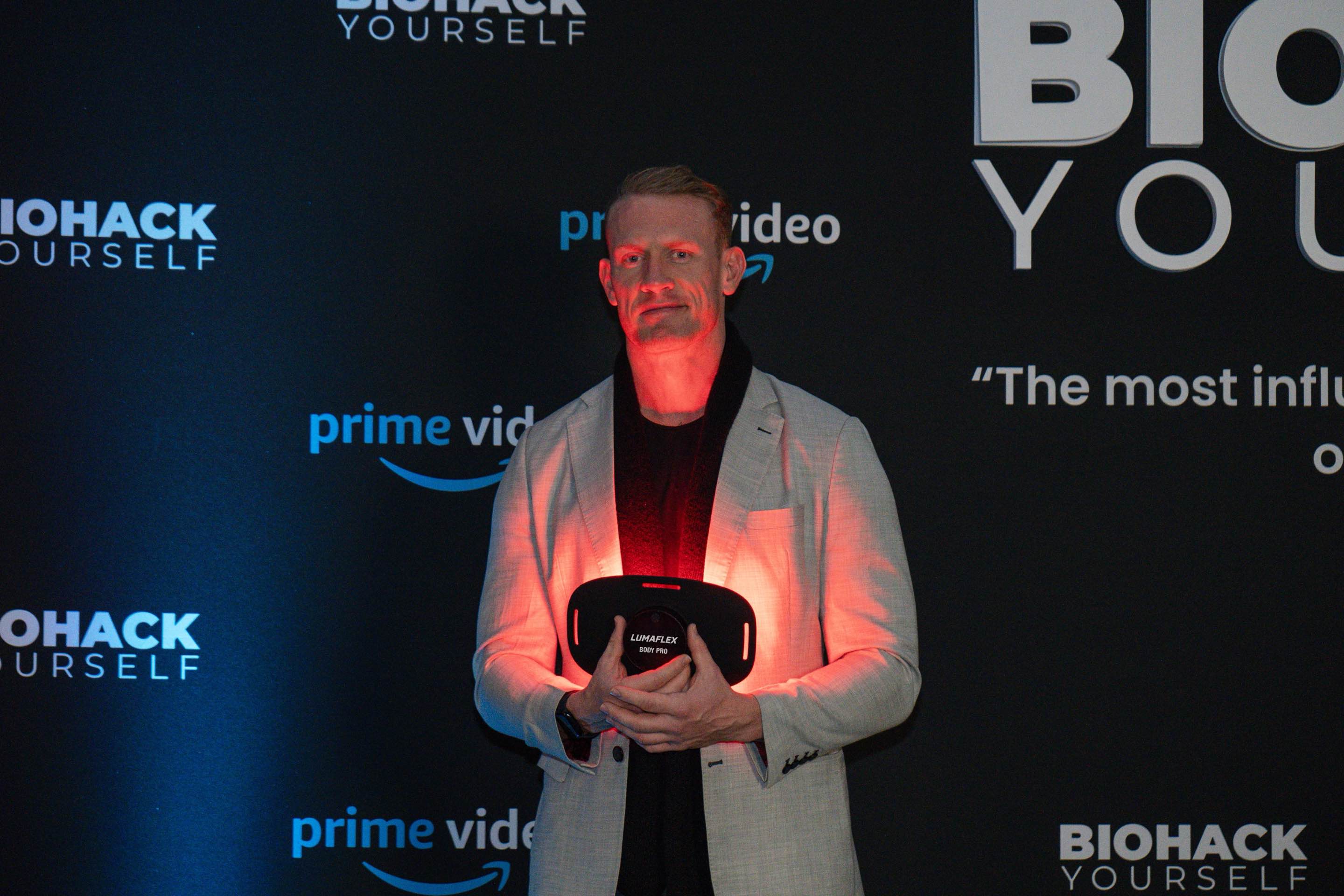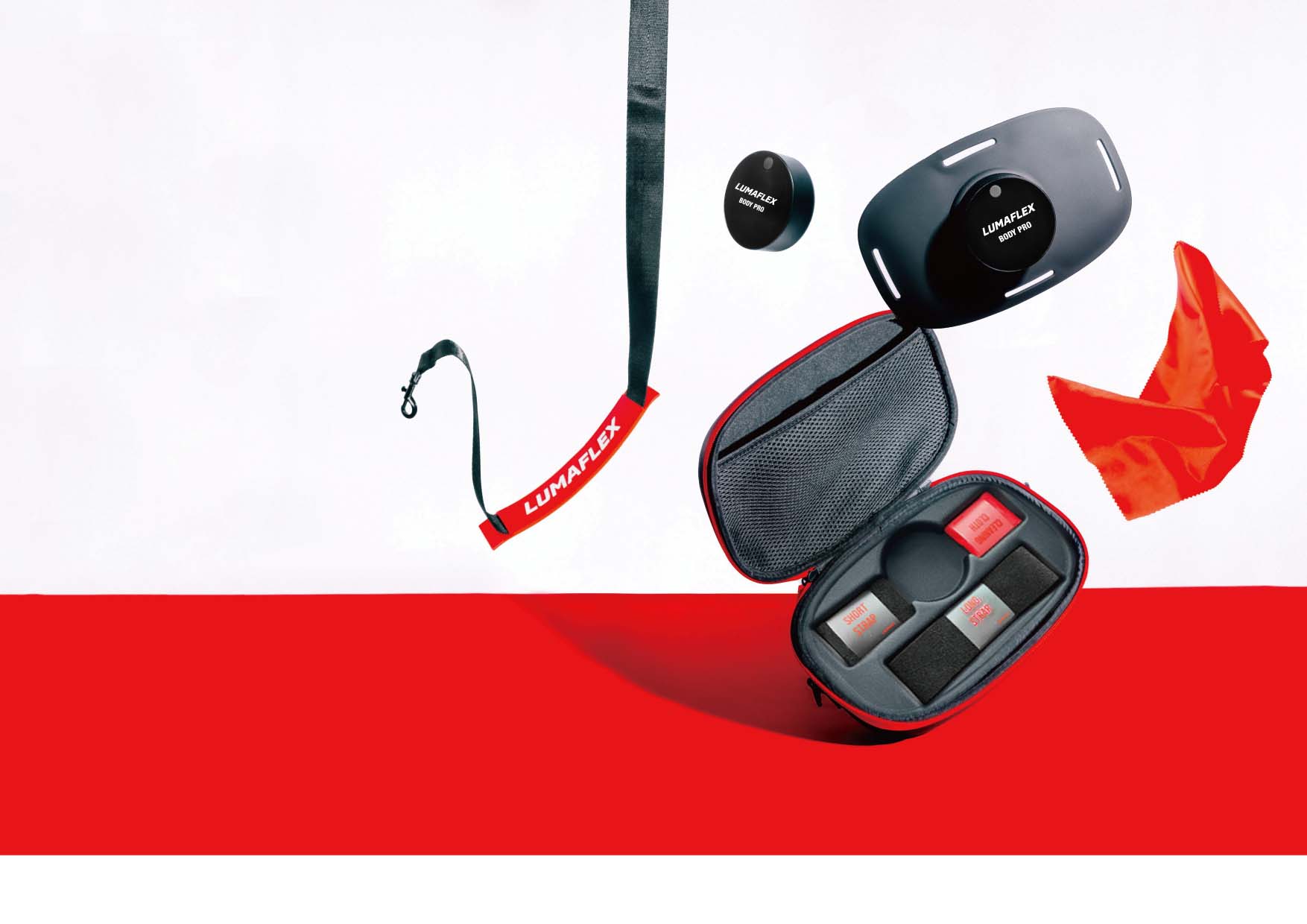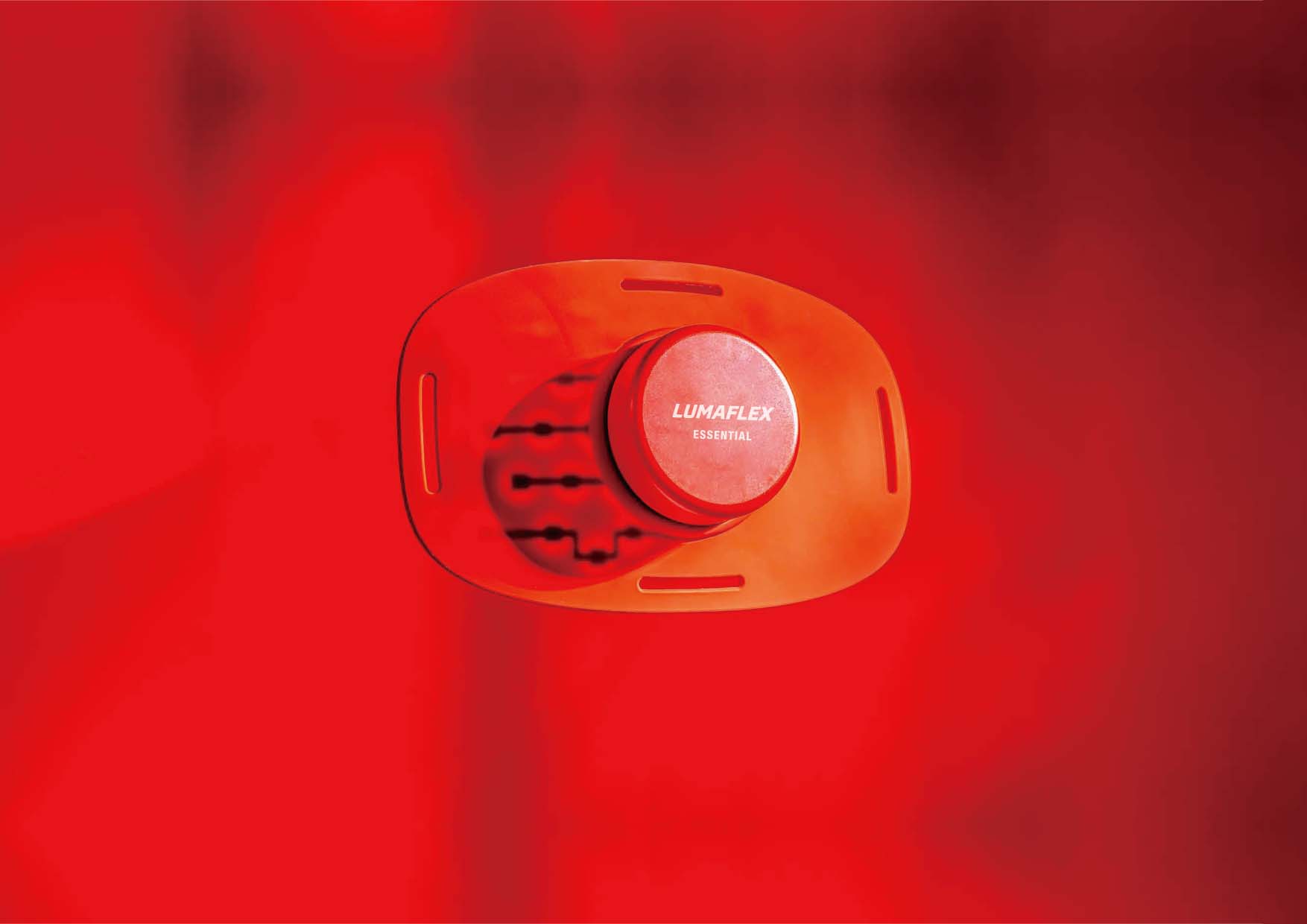Years ago, John Graham Harper was a competitive boxer dealing with chronic knee inflammation, the kind that made sitting unbearable. His wife bought him a red light therapy lamp, and despite his skepticism, the pain vanished in a week. That experience, alongside a life-altering brain tumor diagnosis caused by repeated impact to the head, pushed him out of athletics and into wellness. Today, he runs Lumaflex, a red light therapy company with products distributed across Europe, used in ambulances, tested in sand and snow, and now expanding into the Gulf and Asia. The company just marked its second year in market, and while the growth is real, so are the bruises of manufacturing, hiring, and global logistics. “You caught me on a high,” John said during the interview. “But definitely, there are some days when it hurts.”
“We don't compete against other light therapy brands. We compete against pharmaceuticals.”
John’s approach to Lumaflex is deeply operational. His team spent nearly three years developing their first product before launch, iterating through designs until they landed on the BodyPro—a flexible, waterproof, silicone-based panel that molds to joints and muscles. “It had to be gym-bag durable,” he said. “You throw it in with your creatine and it doesn’t break.” That durability wasn’t just for athletes. A friend injured during military service inspired John to design for tougher environments, leading to interest from the armed forces.
The company’s go-to-market strategy started with B2B, not e-commerce. “I’m not an e-com guy,” John admitted. “I’m a handshake guy.” He built a distribution network first, which now spans Europe, the U.S., and parts of Australia, and is eyeing expansion into Saudi Arabia, China, and Singapore. E-commerce is growing in the U.S., but it’s still secondary to his partner-first sales model. John’s day-to-day isn’t spent optimizing funnels—it’s spent supporting his distributors and managing production runs from China to Europe. “One retailer sold out during a live stream. They messaged me asking for more stock next week, and I had to stop and think—we need to renegotiate.”
.png)



%20(1).jpg)
.jpg)
.jpg)
%20(1).jpg)


.png)